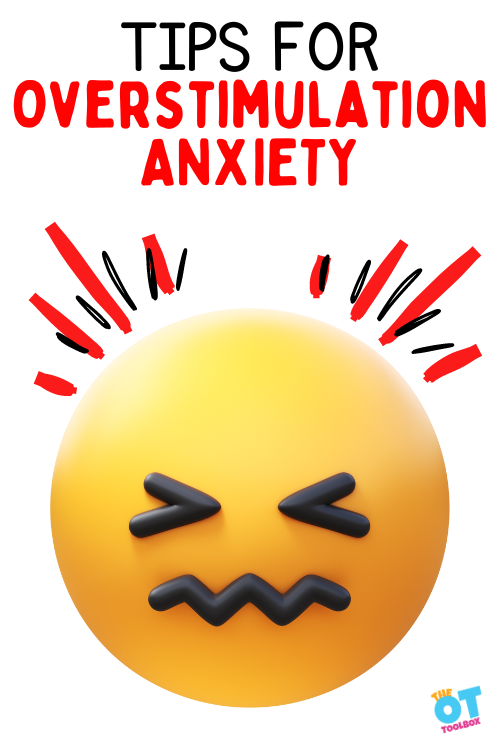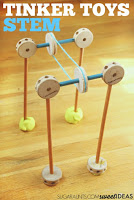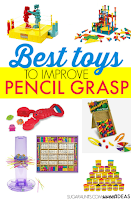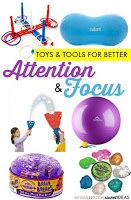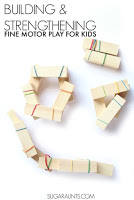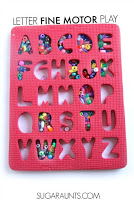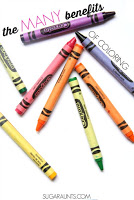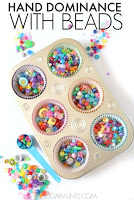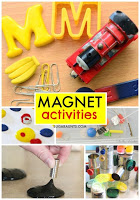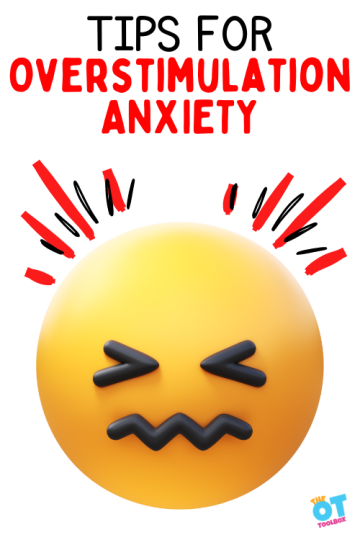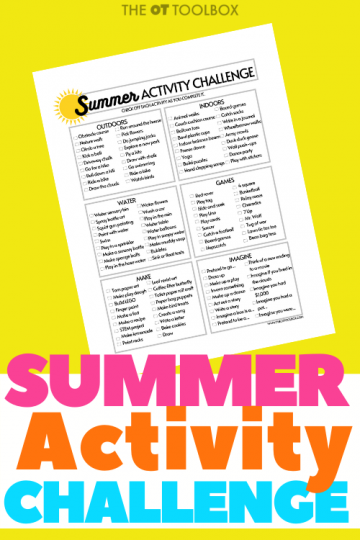Play is the primary role of the child and so in In this blog post, we are covering functional play to support development using toys you might find in most households. Occupational therapy supports the development of individuals across the lifespan and when working with children, the main tool for supporting development of skills is functional play. Not only for young children, but throughout the lifespan there is functional play. We cover more on OT play interventions in our occupational therapy play post.
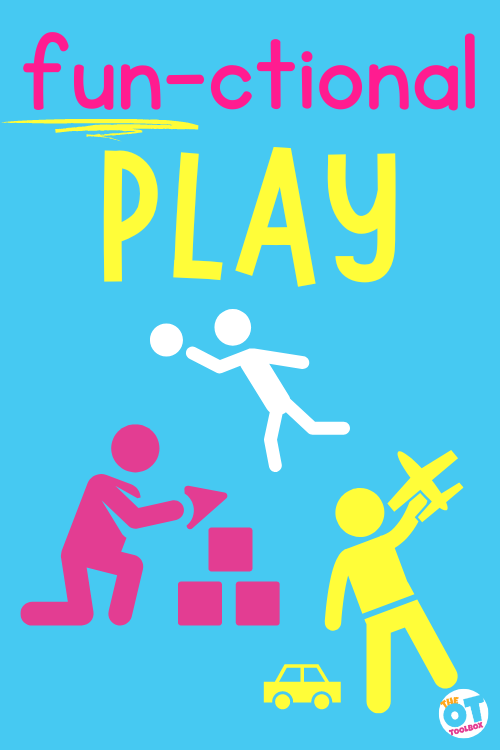
Today we are talking about using everyday toy items in developing skills in therapy sessions or at home, all to promote child development.
What is functional play?
Functional play refers to using toys, objects, and items designed for play in their intended function to participate in play as an occupation. There are many types of play and the various functional play skills promote development in young children. Play age and stage makes a difference in the development of functional play.
For example, functional play is:
- Building blocks into a tower or other imaginative construction
- Coloring with crayons
- Driving matchbox cars along the floor
- Swinging a bat to hit a ball
- Kicking, throwing, or rolling a ball
- Pushing a doll in a play stroller
- Using a volleyball to play a volleyball game
Many toys can be used in ways different than their intended nature. We see this a lot in occupational therapy sessions where we think outside the box with the toys we have on hand. Toys are used in ways not exactly inline with their function, or the reason why they were created.
- We use blocks or jump ropes to make an obstacle course path.
- We make playdough using crayons.
- We stack kitchen containers.
- We climb up the slide.
Each of these examples stretches the object’s typical use into other ways to play.
Functional play is neither right, or wrong.
It’s good and natural to think outside the box. Functional play offers tools for healthy development in children. The opposite of functional play, or using those very same toys in ways that they were not intended is healthy for the development of children, as well!
Like many homes, ours has lots of children’s toys in random locations. Books under the coffee table. Light up balls in the hallway. Sports equipment by the door.
But. Then I remember the function that all of these toys brings to my children. These plastic pieces, wooden blocks, and little figures are tools for learning and development. They are the tools of functional play!
We all use toys, tools, equipment, and materials in functional play.
Types of Functional Play
The types of play change over the course of development. Broken down, play includes these various stage of play as a developmental progression:
- Solitary play
- Parallel play
- Symbolic play
- Social play
We can break down each form of play into play activities that utilize the levels of play as a powerful tool to support development. In each level listed above, you’ll see components:
- Creative play
- Communication play
- Movement-based play
- Socio-dramatic play
- Dramatic play
- Imaginative play
- Explorative play
- Fantasy play
- Mastery play
- Role play
- Historical play
How do kids use basic toys in imagination, language development, social skills, fine motor strength, sensory integration, gross motor development, and problem solving?
Toys are tools of function and help to develop a child’s skills in so many areas. Grab a cup of coffee, move the ninja turtles from their couch battle scene, and read on!
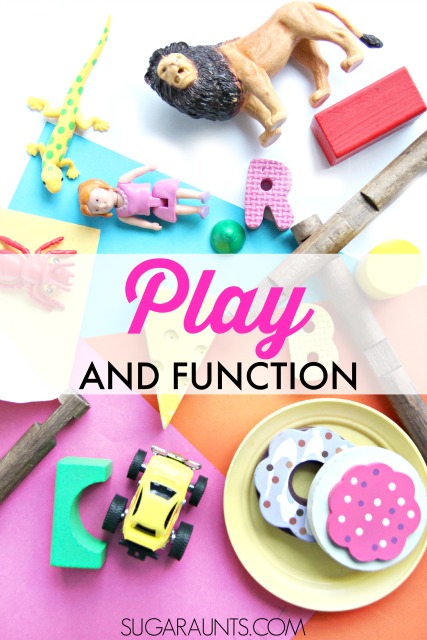
The Function of Play in Kids
But first, here are a few easy play ideas we’ve shared on the blog using toys you probably have around the house:
The Role of Play for Children
Functional Play for a Baby is:
- Peek a boo games
- Board books with an adult
- Cloth toys
- Teething toys
- Texture toys
- High contrast toys
- Play mats
- Floor play
- Balls and sorting toys
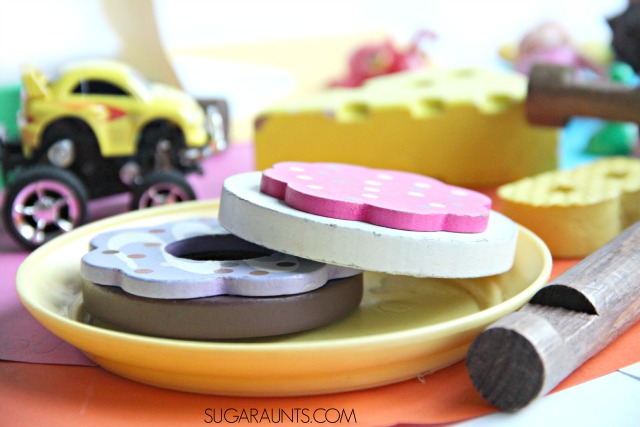
Functional Play for Toddlers
- Bath toys
- Scribbling with crayons
- Putting toys into a sorter
- Rolling a ball
- Carrying a bag full of toys
- Pushing a toy shopping cart
- Cause-effect toys
- Board books
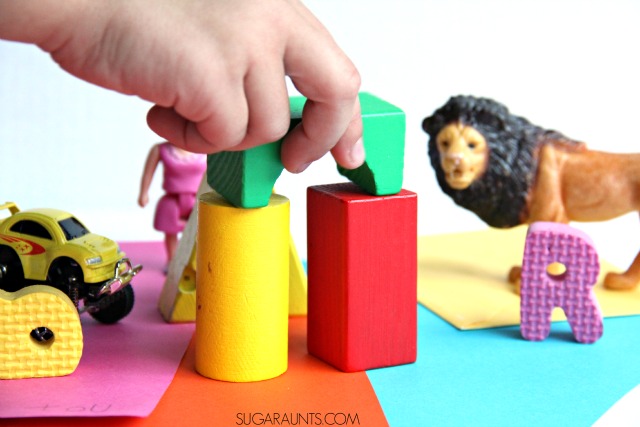
Functional Play for Preschool
- Pretend play with baby dolls, figures, cars
- Building with blocks
- Coloring with crayons
- Painting
- Cutting with scissors and snipping paper
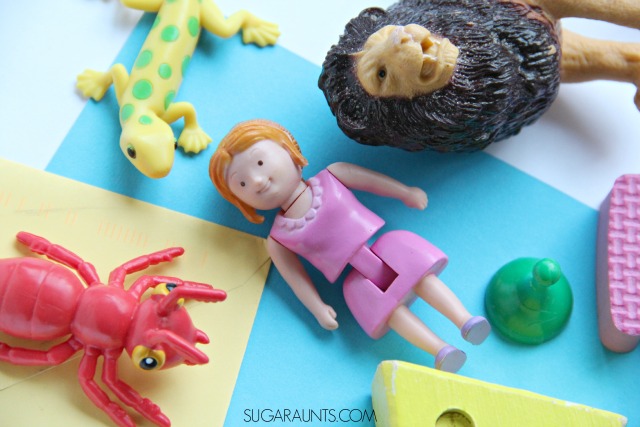
Functional Play for School Aged Children
- Board games
- Crafts
- Drawing activities and supplies
- Sports games and sporting events
- Video games
- Books
Functional Play for Teenagers
Teenagers are involved in play, too! Even during the teens, children are developing skills in executive functioning skills, and refining motor skills, motor planning, and skill use.
This is good information for occupational therapy for teenagers in middle school or in high school. We cover specifics in this post on middle school occupational therapy.
Functional play in the teenage years includes:
- Board games
- Books
- Video games
- Social activities
- Crafts
- Cooking activities
What do we learn from Functional Play?
There are so many benefits to play! Just some of those naturally occurring skills include:
- Problem-solving skills
- Functional task practice
- Fine motor skills
- Gross motor skills
- Practicing communication skills and vocabulary
- Working through behaviors in a low-stress environment
- Reinforcement of skill development
- Understanding the world around the young child and getting a sense of the world as it occurs through practice
- Repetition of skill performance through repetitive actions
- Exploring one’s surroundings
- Executive functioning
- Visual motor skills
- Hand-eye coordination
- Use a child’s interests to create pretend play situations.
- Model appropriate language or problem solving.
- Encourage imitation of actions using cars or action figures.
- Work on arm strength and shoulder girdle strength by pushing cars up a ramp.
- Provide proprioceptive situations by playing and building couch cushion forts for dolls.
- Respond to attempt to communicate in pretend play with animal figures.
- Encourage turn-taking.
- Allow your child to “lead” a play situation.
- Encourage grasp development with toy manipulatives.
- Discus social interactions with small figures in small worlds, like this outdoors small world scene.
- Work on multi-step direction following in a pretend play situation where the bug needs to hop on the block, then go around the sticks, and get food from under the rock.
Functional Play Toys
The benefits of functional play occur in the natural environment for the child: the home, playground, outside, in the school classroom, etc. Play happens everywhere! So what are some functional play toys that can support this aspect of development?
Try these toy ideas:
- Legos
- blocks
- play dough
- An empty cardboard box (great for creative play)
- art supplies and a piece of paper
- Playground equipment such as a swing and slide
The benefits of play does not need much! You can foster higher-level skills with simple materials.
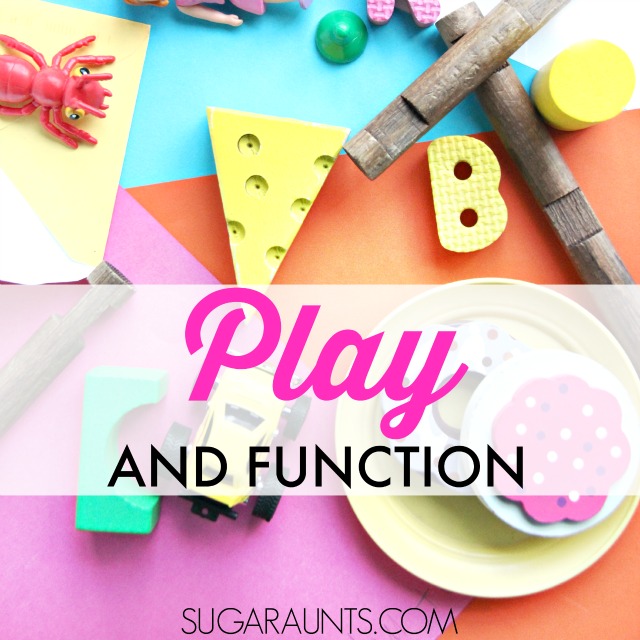
Baby Play Ideas for babies and toddlers
Toddler Play Ideas for kids aged 2-4
School-Aged play ideas for educational learning

